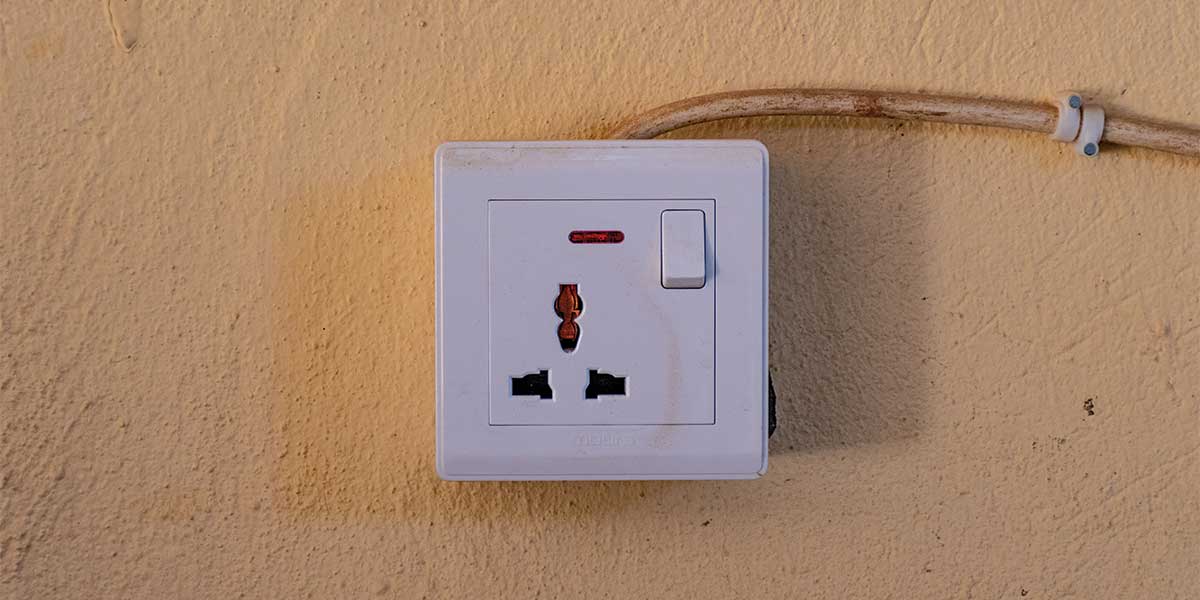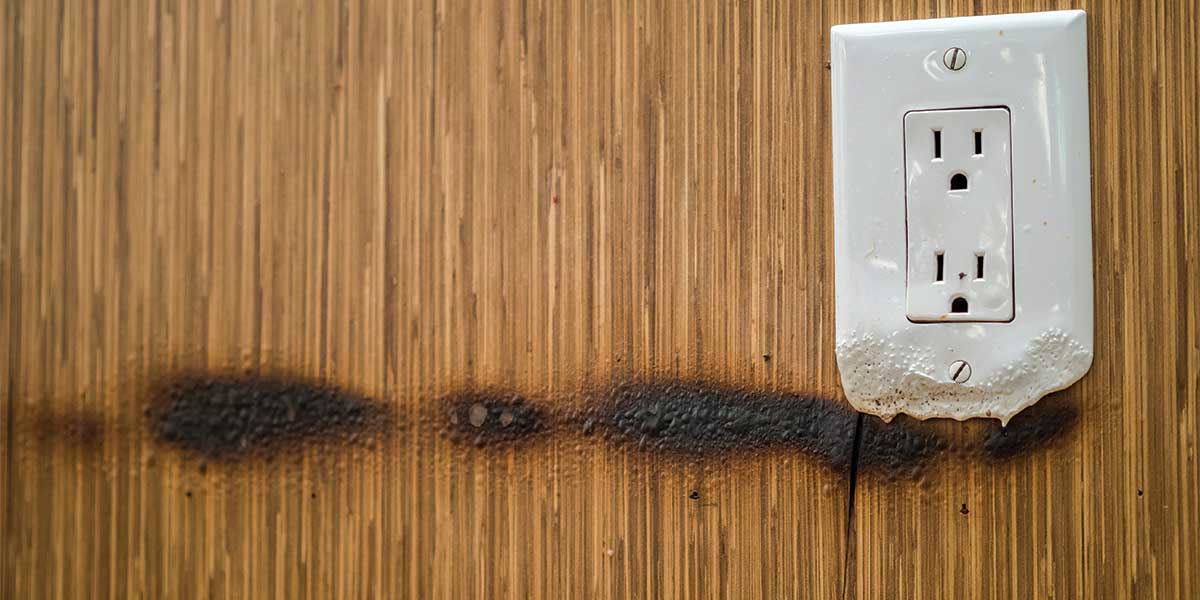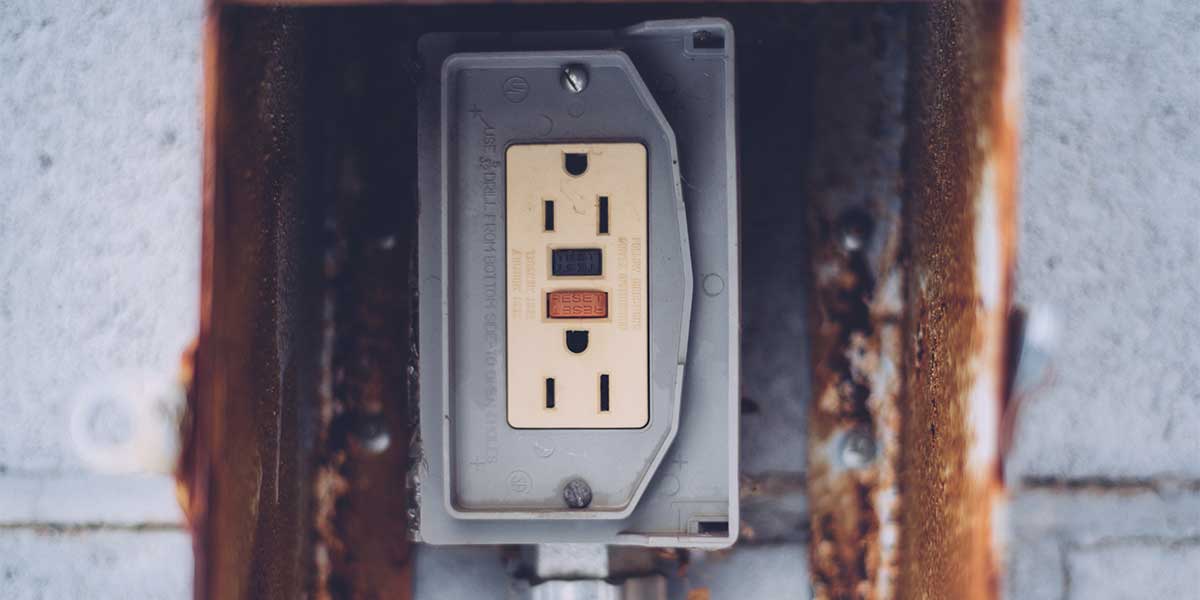A Ground Fault Circuit Interrupter is a fast-acting safety device designed to shut off electric power in the event of a ground fault. A ground fault occurs when electrical current takes an unintended path to the ground such as through a person’s body.
Unlike standard circuit breakers that protect wiring and prevent fires by detecting overloads or short circuits, GFCIs protect people from electrical shock. The device constantly compares the amount of current going to and coming from the equipment along the circuit conductors. If it detects a difference of even a few milliamps, it trips and cuts off the power in about 1/40th of a second, potentially saving a life.
For more on how ground faults pose safety hazards, check out this resource from the Canadian Centre for Occupational Health and Safety (CCOHS).
How Do Ground Fault Circuit Interrupters Work?
The functionality of a GFCI is all about balance. The device monitors the flow of electrical current from hot to neutral wires. In a properly functioning circuit, the current going out from the hot wire should be equal to the current returning via the neutral wire.
However, if the GFCI senses that some of the electricity is escaping, perhaps through a wet surface, an appliance casing, or even a person, it springs into action. It disconnects power before the electrical current can do serious harm.
A Quick Example:
Imagine you’re using a hair dryer in the bathroom and some water splashes on the cord. If the moisture allows electricity to stray toward the water or your body, the Ground Fault Circuit Interrupter senses that the current returning to the outlet is lower than what left. Instantly, it trips and cuts the power, helping prevent a potentially fatal shock.
Why Are GFCIs Important?
The main reason GFCIs are vital is simple: they save lives. The U.S. Consumer Product Safety Commission estimates that GFCIs could prevent more than two-thirds of the roughly 300 electrocutions that occur annually in the United States.
GFCIs are especially critical in environments where moisture increases the risk of electrical accidents. These include:
- Bathrooms
- Kitchens
- Laundry rooms
- Outdoor areas
- Basements
- Garages
- Pools and hot tubs
Without GFCIs in these areas, the chance of severe or even fatal shock increases drastically.
To learn more about where and why GFCIs are required in residential and commercial buildings, visit InterNACHI’s GFCI Guide. It’s an excellent breakdown from the International Association of Certified Home Inspectors.

Where Are GFCIs Required?
Electrical codes in Canada and most U.S. states mandate GFCI protection in certain locations of a home or commercial building. These typically include:
- All bathroom receptacles
- All outdoor outlets
- Kitchen countertops
- Laundry and utility sinks
- Wet bars
- Crawl spaces and unfinished basements
At Expert Electric, we stay up to date with the Canadian Electrical Code (CEC) to ensure every project is compliant and future-proof. Whether you’re building a new home, renovating a kitchen, or upgrading old outlets, our licensed electricians can install GFCIs where they’re needed most.
Types of GFCI Devices
There are several types of Ground Fault Circuit Interrupters, each designed for specific applications:
1. GFCI Receptacle
These look like standard electrical outlets but have built-in reset and test buttons. They’re ideal for installation in bathrooms, kitchens, and other wet areas.
2. GFCI Circuit Breaker
Installed directly into your electrical panel, this device protects the entire circuit, including all outlets and wiring downstream.
3. Portable GFCI
Used for temporary protection, especially in outdoor or construction environments. These plug into existing outlets and add GFCI protection to whatever device is connected.
How to Test and Reset a GFCI Outlet
Testing your GFCI outlets regularly is essential. Here’s how you can do it:
- Press the “Test” button – This should trip the outlet, causing the power to shut off.
- Plug in a small device (like a nightlight) to confirm power is off.
- Press the “Reset” button – This should restore power.
If the outlet doesn’t respond to the test, it may need replacement. Faulty GFCIs can pose just as much danger as not having one at all. That’s why Expert Electric recommends testing each GFCI monthly.
Benefits of Installing GFCIs
Still unsure about upgrading to GFCI outlets? Here are the top reasons why it’s worth the investment:
- ✅ Prevents fatal electric shocks
- ✅ Reduces fire risk from ground faults
- ✅ Meets building codes and insurance requirements
- ✅ Protects children and pets
- ✅ Improves resale value of your home

Why Choose Expert Electric for GFCI Installation?
At Expert Electric, we’re not just electricians, we’re safety advocates. Our team specializes in GFCI installations, upgrades, inspections, and troubleshooting. Whether you’re a homeowner or a business owner, our goal is to ensure your electrical systems meet the highest standards of safety and efficiency.
We offer:
- Professional GFCI outlet and breaker installation
- Full-home electrical safety audits
- Panel upgrades and code compliance corrections
- Emergency services for electrical hazards
We’ve proudly served thousands of satisfied customers across British Columbia. Call us today to find out how we can make your home or business safer.
FAQs about Ground Fault Circuit Interrupters
Q1: How often should GFCI outlets be replaced?
A: Generally, every 10 years, or sooner if they fail monthly tests or show signs of damage.
Q2: Can I replace a regular outlet with a GFCI myself?
A: While it’s possible for DIYers with electrical knowledge, it’s safer to hire a licensed electrician to ensure the outlet is properly grounded and meets code.
Q3: What if my GFCI keeps tripping?
A: It could indicate a ground fault, water exposure, or a faulty appliance. Call an electrician if it continues to trip without an obvious reason.
Q4: Are GFCIs required in older homes?
A: Not always legally required unless there are upgrades, but strongly recommended for safety—especially in kitchens, bathrooms, and outdoors.
Q5: What’s the difference between a GFCI and an AFCI?
A: A GFCI protects against electric shocks caused by ground faults. An AFCI (Arc Fault Circuit Interrupter) protects against electrical fires from arcing faults.
Final Thought: Small Device, Huge Safety Impact
Understanding Ground Fault Circuit Interrupters: What are They and How Do They Work? is more than just technical knowledge, it’s about protecting the people and property you care about most. GFCIs offer one of the simplest, most cost-effective ways to prevent electric shock injuries and even death.
Don’t wait for a safety scare to take action. Whether you’re a new homeowner or upgrading a vintage property, GFCIs are a smart, code-compliant, and life-saving addition to any electrical system.
Contact Expert Electric
At Expert Electric, safety is always our top priority. From installing GFCI outlets to comprehensive electrical system upgrades, our certified electricians are ready to help you build a safer space.
📞 Call Us: 604-681-8338
📧 Email Us: info@expertelectric.ca
Make the smart choice, partner with the pros at Expert Electric.


